Grave danger: Controversy over Egyptian government plan to demolish Cairo historic cemeteries
Amira Noshokaty , Saturday 22 Jan 2022
Cairo’s historic cemeteries are at risk of being demolished, but what is so important about such ancient grave yard?
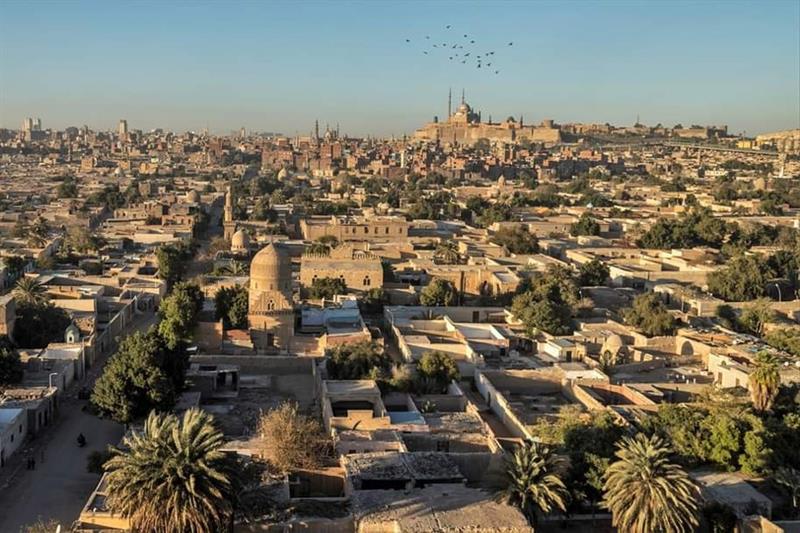
It was a full house last Saturday, at the seminar and photo exhibition titled Contemporary Cemetery Architecture in Egypt, Value and Challenges. The event was organized by the safeguard of Cairo's historic cemeteries group that was launched a few months ago, in reaction to the government's plan to relocate some of Cairo's cemeteries as part of development of roads of the capital.
The government plan has been highly opposed in the media by the families of the cemeteries at stake as well as historians who believe that the cemeteries are part and parcel of Egypt's tangible and intangible heritage. Prior to the seminar, the safeguard of Cairo's historic cemeteries group launched an online petition addressing Egypt's President Abdel Fatah Al Sissi to intervene.
Held at Greater Cairo Public Library, the seminar was moderated by one of the organizers of the event professor Galila El-Kadi, an architect and head of research at the Institut de Recherche pour le Développement (IRD) in Paris. El-Kadi is a co-author of Architecture for the Dead: Cairo's Medieval Necropolis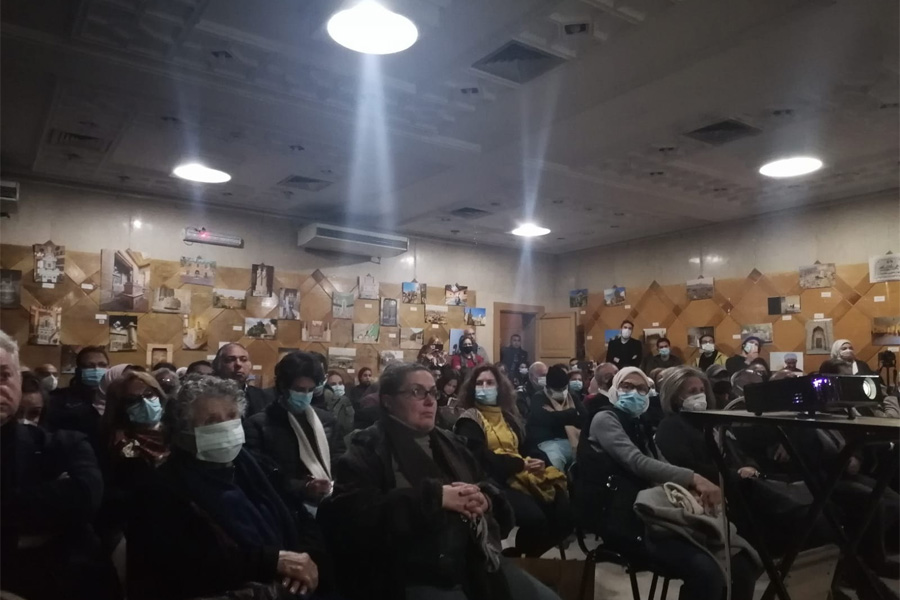
The cultural value
“What the ancient Egyptians left us is tombs, and from such tombs we got to know our ancient history. So if every ruler demolished the cemeteries of the one before him, all of the ancient Egyptian history would not have existed, as if they never were, we would have known nothing about them," El-Kadi said, explaining the immense importance of Cairo’s Historic cemeteries. She added that they reflect a rich diverse plateau of architecture styles according to the culture and social class of the people that are buried there. And they all have a housh internal open yard. "The housh is built with stones in order to defy time and live" she added.
“And because of all these values, the UNESCO put the cemeteries of Cairo in 1979 on the list of world heritage sites since it is already on the premises of Historic Cairo. The national organization for urban harmony when it was first established in 2002, focused on the cemeteries and started to register some of them as places of unique architectural style,” she added, explaining that it is also protected by Egyptian laws. And despite all such laws, the cemeteries suffered negligence throughout the decades.
According to El-Kadi, since the first urban planning of greater Cairo in 1956, there has been no plan to regulate the relationship between the city of the dead and that of the living, except the 2050 plan that aims to demolish the city of the dead altogether. She recalled how the Fardous (heaven) axis last year cut through the mamluk cemeteries from east to west demolishing registered housh in the process.
“It’s a personal family heritage that grew to become human heritage, this is not mere burial grounds,” concluded El-Kadi, noting that the new planned axis in the southern historic cemeteries, would demolish cemeteries of Egyptian cultural icons.
“The general welfare is important and preserving heritage is also a general welfare, we can always cater for both,” she concluded.
“Historic Cemeteries, a timeline of Egypt’s capitals”
According to antiquities professor Hossam Ismail at Ain shams university, the historic cemeteries of Cairo is more of a trail of establishment of modern Egypt from the time of Amr Ibn Al A’as till now.
Why Moqattam?
Choosing this area specifically, down the Moqattam Mountain, goes back to Amr Ibn Al A’as' negotiations for the handover of Egypt from the Byzantine ruler Al Moqawqes. “The story goes that Al Moqawqes wanted to keep Al Moqattam Mountain because of its religious value but Amr Ibn Al A’as refused. It is said that when God picked a mountain upon which he shall reveal himself, all other mountains donated plants and flowers as tokens to the chosen mountain. Except for Al Moqattam, it donated all its greenery. So God rewarded the Moqattam by making it the burial ground of those who shall go to heaven,” explained Ismail.
And from that time on, when Amr Ibn Al A’as built Egypt’s capital Al Fustat, he started burying in this area where a lot of Sahabis (disciples) are buried such as Oqba Ibn Amer.
By the reign of the Abbasids, when they built their new capital, The Askar, they extended their cemeeries to the Imam Al-Shafii and al Saida Nafisa area. By the reign of the mamluks the cemeteries reached Saida Eisha Square, and were named Qayed Bay Cemeteries, the eastern arafa or arafet al-Mamalik.
The origin of the Name Arafa
The name Arafa, added Ismail, is a synonym of cemeteries only in Cairo, for it is derived from Beni Qarafa, pronounced Arafa in slang Egyptian, one of the first Arab tribes that settled in Cairo during the rule of Amr ibn Al’as and set their burial grounds there.
A symbol of continuous heritage
Through her talented lens and research skills, Alia Nassar, an architect and photographer, shared some outlines of her documentation project of Al Arafa.
“Arafa is a symbol of continuous heritage, for Arafa has social values that extend from the ancient Egyptians till now,” noted Nassar as she pointed out the similarities between both. “House of eternity was literally a house and a place to live like their own houses. They wrote their names and titles like we do on our tombstones, for ancient Egyptians the name is part of the soul and erasing the name means he never existed.
Communication between the dead and the living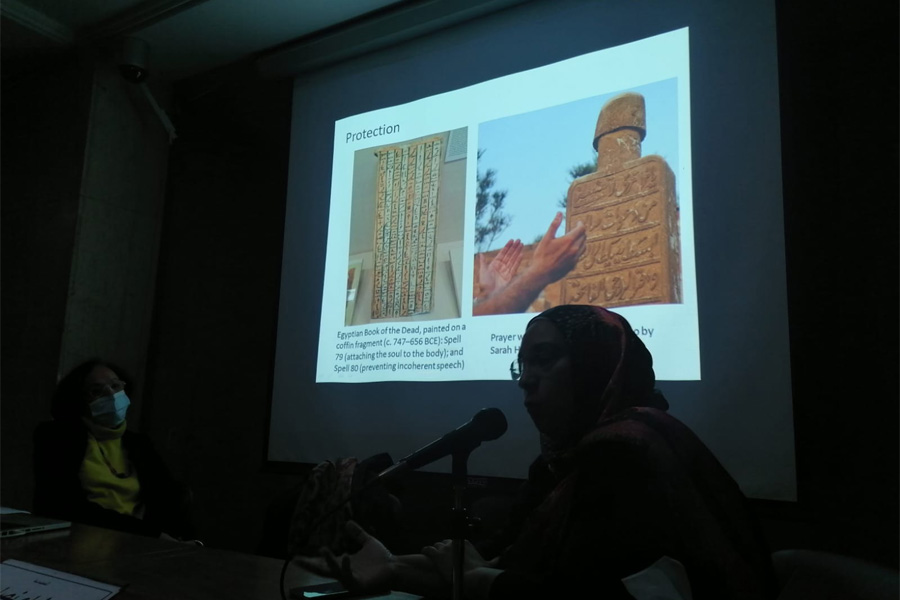
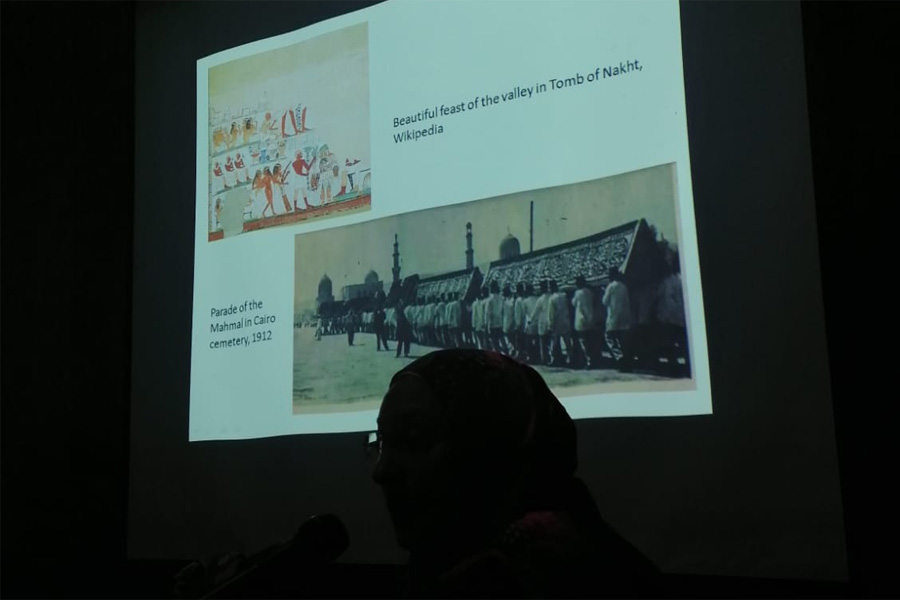
“The concept of “offerings” in the form of food and beverages in Ancient Egypt was a way of communication with their dead. They also would bring them blue lotus flowers. They believed that the dead can protect them from any evil spirits,” elaborated Nassar, noting that the food they get is eventually handed out to the poor, which is exactly what Egyptians nowadays do, when they come and visit their loved ones in the cemeteries. They would buy flowers, bring food to give out to the poor and spend the whole day there scattering flowers and happy memories of the diseased, she added.
“Then after celebrating their diseased, they would break an “olla “(Pottery drinking pot) after this so that death does not come back, like we do when someone terrible finally leaves, as a gesture of good riddance,” added Nassar.
“And finally the ancient Egyptians used to write letters to their dead ones and we still do, like those letters addressing Sufi Imam Al Shafaii and the Walli they believed is living in Bab Zoweila,”she concluded.
A History Book wide opened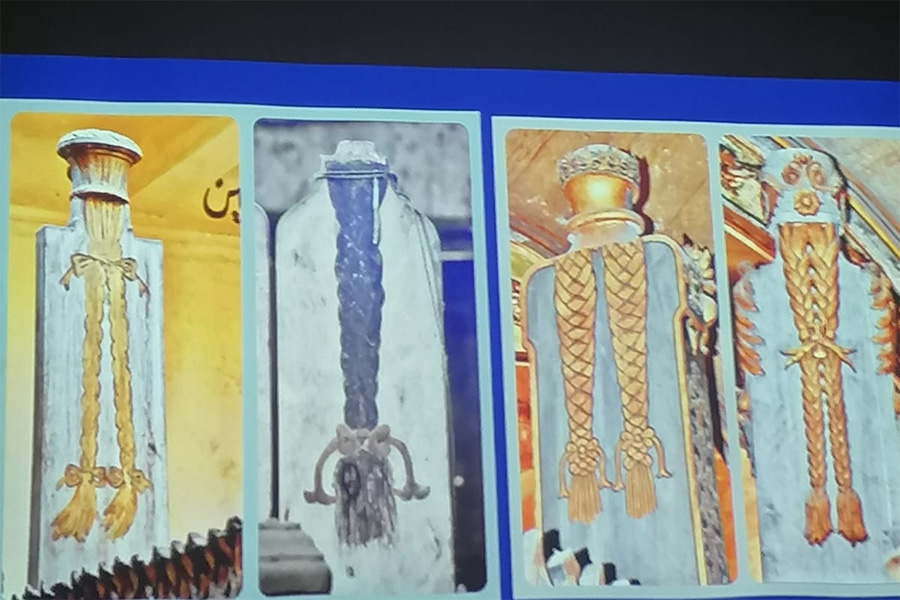
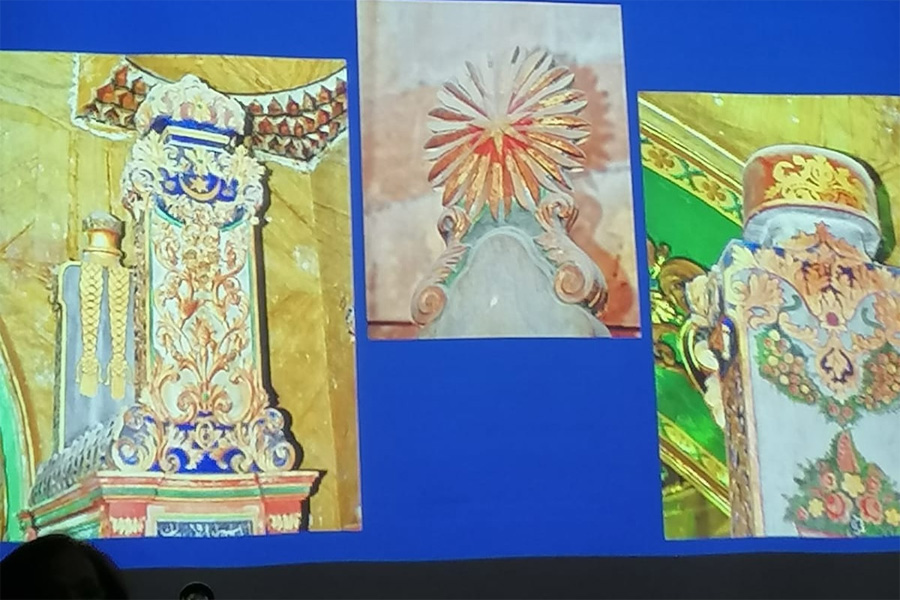
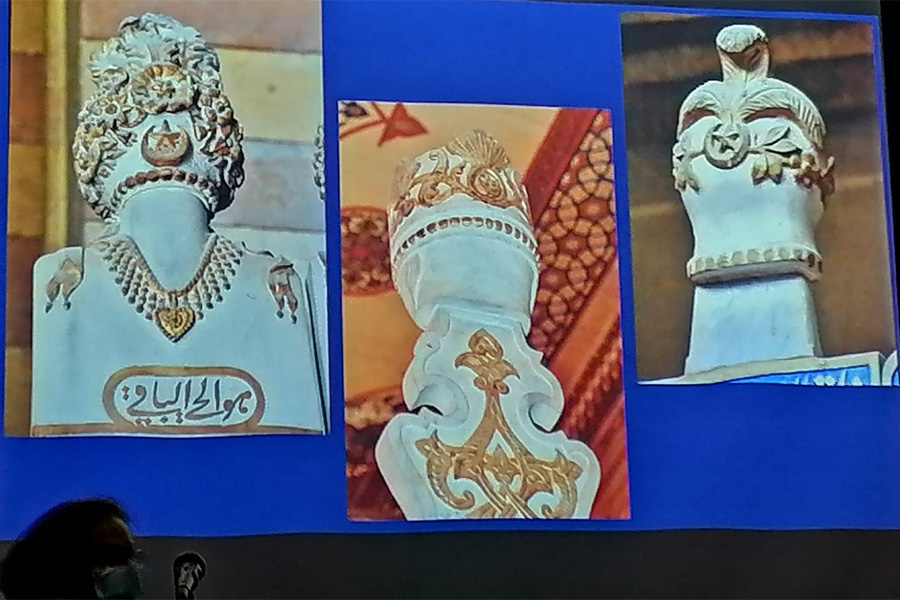
“I think that the cemeteries are a history book on the ground, you can learn and love your country from all the history of the people that preceded,” explained Dr. Mostafa El-Sadek, a physician and one of the experts who documented the Historic Cemeteries of Cairo.
“I believe that the tomb stone is the identity card of a person. You would find an emma (head turban) or tarboush (Fez) and braids for woman. Some would draw their medals of honors, here the flowers decorating the tombs are hand engraved on marbles that is highly unique and artistic given the fact that there was no machines back then to do this, just go and see how much we are going to lose if we demolish it,” concluded El-Sadek.
An alternative route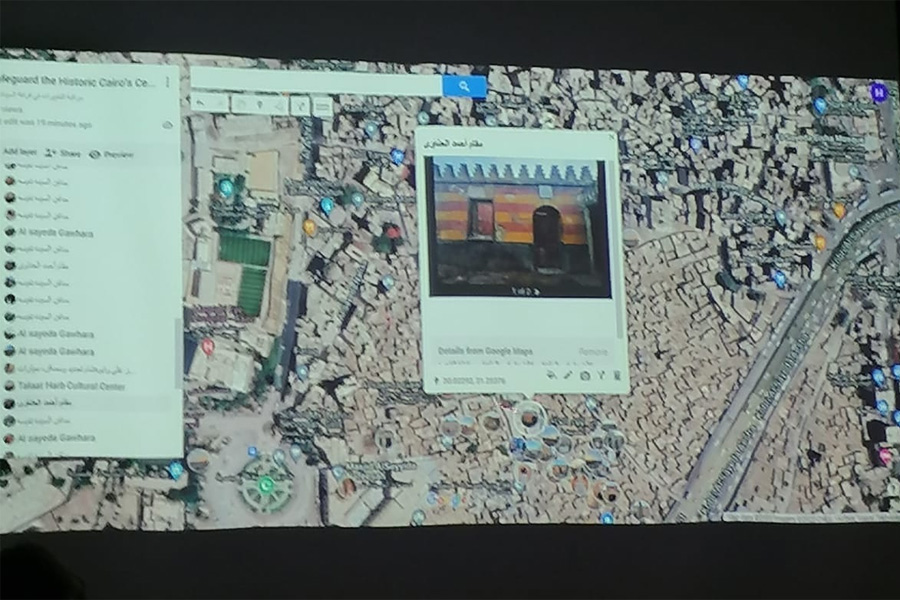
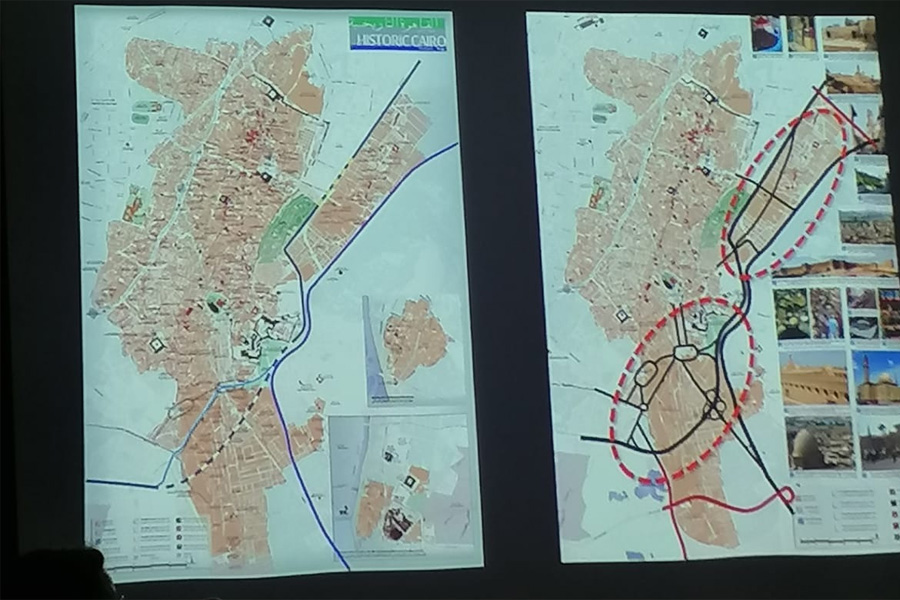
“We created an online map of Historic Cemeteries of Cairo on Google and anyone can add to it so we have a documentation with photographs and maps of the cemeteries of value,” explained Tareq Al-Murry, historian, architect consultant and founder of the safeguard of Cairo's historic cemeteries group. Al Murry shared with the audience an alternative axis that could ease the traffic flow without demolishing the cemeteries. That was followed by a comprehensive strategy for Egypt’s public transportation proposed by young engineer Amr Essam.
Man interrupted!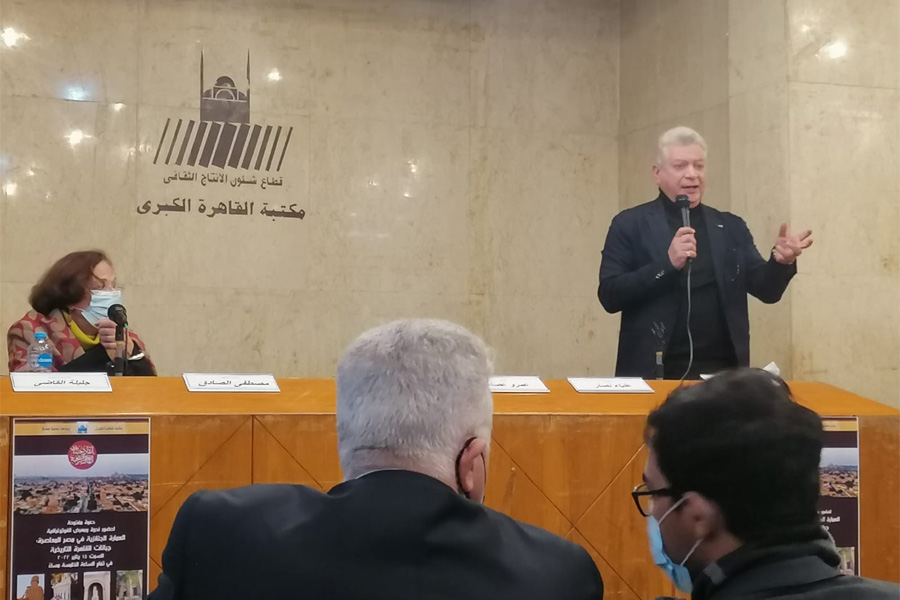
“My name is Hany al Fekki. I am the one who designed and implemented the fardous Axis and the Salah Salem axis and all the bridges of Heliopolis and Nasr City,” explained the man in black who took the audience by surprise for he was not invited.
After briefly explaining that he will not touch any “historic” tombs, an argument followed between him and the panel because any tombs in Historic Cairo is by default regarded as historic and of great value and should not be demolished as per UNESCO 1979 and per national laws.
El Fekki explained that the plan of the new Salah Salem Axis and how the road will extend to Al Saida Eisha area, will take off Saida Eisha bridge, and cut into the slum area behind the Saida Eisha mosque.
“The political leaders said that they want to make yards for Al Al Beit (Decedents of Prophet Mohammed) mosques like Al Hussien’s yard, and this is what we started to do,” noted El Fekki.
The audience argued that this axis will allow more cars next to the historic cemeteries which will cause a lot of turbulence and gas emissions that could eventually ruin the historic cemeteries that they drive pass them.
On asking him directly, will the cemeteries in general be affected with the new Salah Salem axis?
“Yes and in the future, all of the cemeteries are going to be demolished, except for the historic ones, “he told Ahram Online.
No comments:
Post a Comment